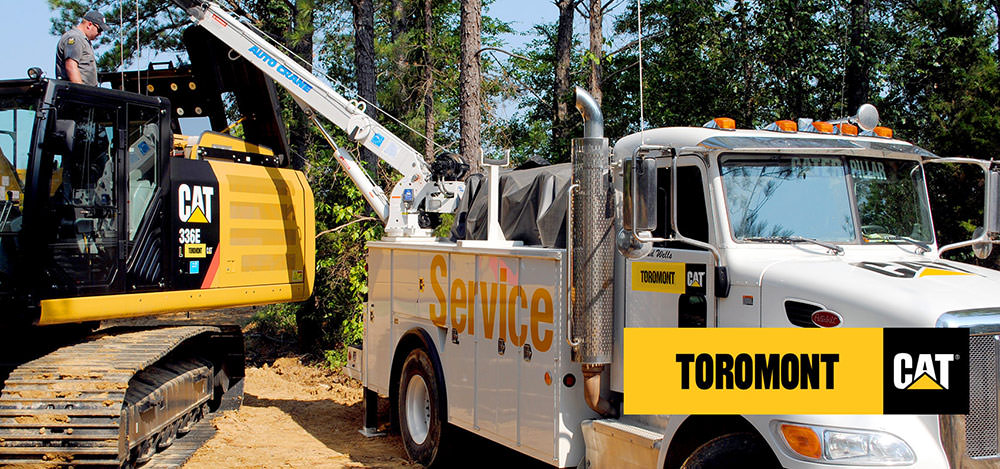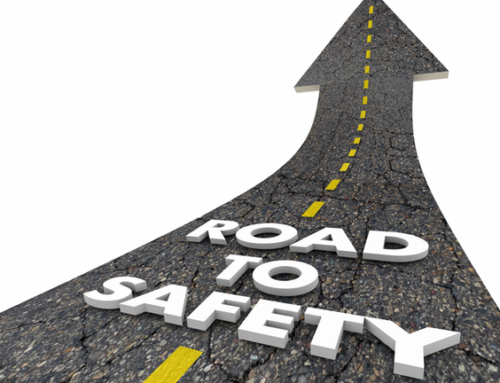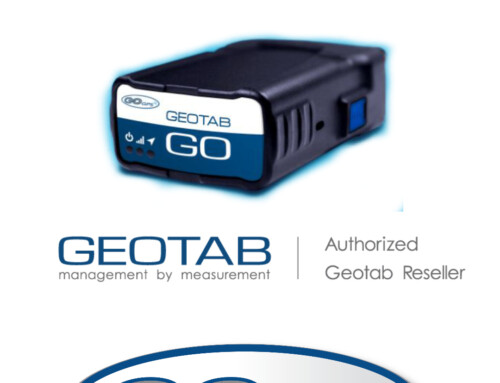The Challenge: A Disconnected Service Network

The Solution
Saving on Miles: Pulling Dispatch Together for Routing Efficiencies
After just three months of using Geotab, Dyer put his case together for how the dealerships could work together to improve routing across the branches. “Our trucks were crisscrossing each other,” he says. “With Geotab, I was able to show how many times we were crossing into each other’s territory on a daily basis — that is fuel we don’t need to burn. So, it reared its ugly head just by watching where the trucks were going.”

Working Together
By dispatching together, customers can have the closest dealership come to service their equipment and pay less on mileage for the service, though they might have to wait longer; or if they need immediate assistance and a dealership further away is available, they’ll pay slightly more on the travel rate. This has given the dealerships the ability to be completely transparent with customers, reducing the amount of customer concerns on their bills. “We can show customers that the guy 15 minutes from you will be ready in three hours, or I can send someone from my branch right now but you’re going to have to pay more on the travel rate,” Dyer says.

– Dave Dyer, Fleet Manager
The Results
A Maintenance, Fuel and Safety Tool: Saving on Costs and Time
For maintenance and safety, the transparency telematics offers a company is practically endless. For maintenance, Toromont CAT is able to share vehicle trouble code alerts with its maintenance provider for improved preventive maintenance.
Another challenge Dyer was facing was the need for better maintenance recordkeeping overall. “We had a fairly decent maintenance system but what we didn’t have was a way to accurately record that data,” he says, citing that this included receiving vehicle fault codes in a timely manner as well as managing regularly scheduled maintenance intervals.
In fact, the capital’s Ministry of Transportation at one point had sent a letter to Toromont CAT urging the company to improve its overall compliance or risk being audited. “There wasn’t anything we could’ve given them for maintenance, although we were doing the work, so that is also what encouraged me,” he says, adding that he wanted to avoid getting audited altogether but also ensure that if an audit did happen, the company had all the data they needed.
Dyer has also been a fan of the Geotab system for the safety aspects. He says that Toromont CAT has had one serious accident since having the system, and by using the real-time GPS information and telematics on driver behavior he was able to prove the company’s driver wasn’t at fault.
This information has also been useful to Dyer as a training tool. He uses it to show drivers what could’ve been done differently in order to prevent a particular mishap, whether or not a Toromont CAT driver was at fault.
“It helped us straighten out issues right away,” he says, adding that prior to using telematics, the company had a fairly bad safety record on the road, so decreasing these accidents has significantly minimized the company’s risk for audits.
Along this same vein, the fuel and wear-and-tear savings by managing and improving driver behavior has also been staggering.
“You can change the behavior of the driver just by showing them,” Dyer says. In measuring behaviors like idling, harsh cornering and seatbelt use, he gets a graph each week ranking the different drivers and how much more their trucks costs to operate than a driver with fuel efficient habits. “How you can use the data from telematics is endless,” Dyer says. “I’m even learning today some of the things I’m able to do. The visibility has opened so many doors for us.”





